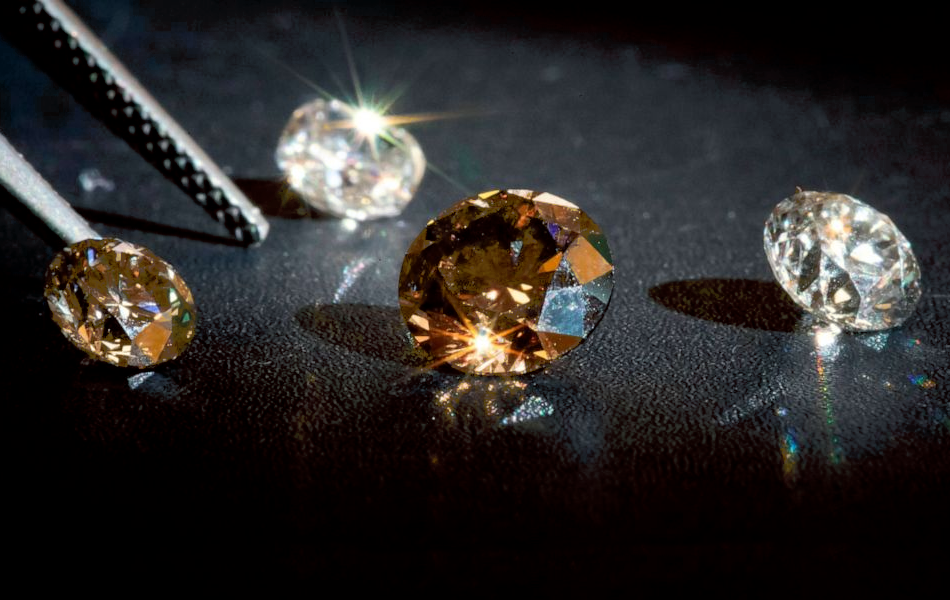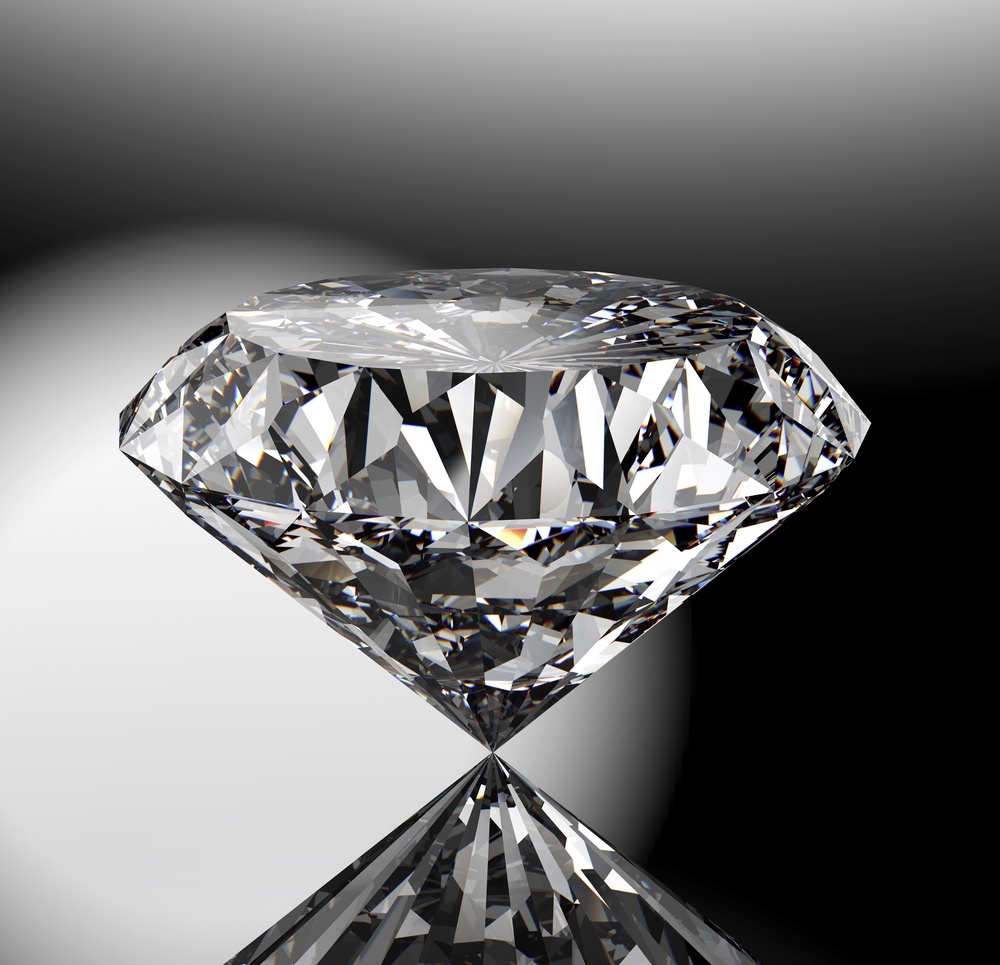When it comes to selecting a gemstone for an engagement ring, anniversary gift, or any special occasion, the options can be overwhelming. Among the most popular choices today are natural diamonds, moissanites, and lab-grown diamonds. Each of these gemstones has unique qualities that make them appealing, but they also have distinct differences in terms of appearance, cost, and ethical considerations. Understanding these differences is essential to making an informed decision.
The Allure of Natural Diamonds
Natural diamonds have been cherished for centuries as symbols of love, luxury, and timelessness. Formed deep within the Earth’s mantle over billions of years, these gemstones are renowned for their unmatched brilliance and durability. Their rarity and the intricate process required to mine them contribute to their high value diamond vs moissanites.
Why Choose a Natural Diamond?
For many, the allure of a natural diamond lies in its history and tradition. These gemstones are often seen as heirlooms, passed down through generations. Their sparkle, fire, and scintillation are unparalleled, making them a top choice for those seeking a classic and enduring piece of jewelry. However, the mining process associated with natural diamonds has raised concerns about environmental impact and ethical sourcing, prompting some consumers to explore alternatives.
Factors to Consider
While natural diamonds are undeniably beautiful, they come with a premium price tag. Additionally, the diamond industry has faced scrutiny over issues such as conflict diamonds and unsustainable mining practices. For individuals who prioritize ethical considerations, this may influence their decision to explore other options like moissanites or lab-grown diamonds.
The Rising Popularity of Moissanites
Moissanites are a more recent addition to the world of gemstones, gaining popularity as an affordable and ethical alternative to diamonds. Originally discovered in a meteorite crater, moissanites are now predominantly created in laboratories. They are composed of silicon carbide, which gives them a unique set of properties.
What Makes Moissanites Stand Out?
One of the most appealing aspects of moissanites is their affordability. They are significantly less expensive than natural diamonds, yet they exhibit remarkable brilliance and fire. In fact, moissanites often outshine diamonds in terms of sparkle due to their higher refractive index. This makes them an excellent choice for those who want a dazzling gemstone without breaking the bank.
Another advantage of moissanites is their ethical and sustainable nature. Since they are lab-created, there is no concern about environmental damage or unethical labor practices. Furthermore, moissanites are incredibly durable, ranking just below diamonds on the Mohs scale of hardness. This ensures that they can withstand daily wear and tear, making them suitable for everyday jewelry.
Potential Drawbacks
Despite their many benefits, moissanites are not without drawbacks. Some people feel that moissanites lack the timeless appeal and prestige associated with natural diamonds. Additionally, while their fire and brilliance are impressive, they may appear slightly different from diamonds under certain lighting conditions. For those who prefer the subtle elegance of a diamond, moissanites might not be the ideal choice.
Lab-Grown Diamonds: The Best of Both Worlds
Lab-grown diamonds, also known as synthetic or cultured diamonds, are chemically and physically identical to natural diamonds. The only difference is their origin—they are created in a controlled laboratory environment rather than being mined from the Earth. This innovative process has revolutionized the jewelry industry, offering consumers a compelling alternative to traditional diamonds.
Why Opt for Lab-Grown Diamonds?
Lab-grown diamonds are often praised for their ethical and environmental advantages. Unlike natural diamonds, they do not require extensive mining operations, which can cause ecological damage and exploit workers. By choosing a lab-grown diamond, consumers can enjoy the beauty and durability of a diamond without contributing to harmful practices.
In addition to their ethical benefits, lab-grown diamonds are typically more affordable than their natural counterparts. While they offer the same brilliance, clarity, and hardness as mined diamonds, they are priced lower due to the reduced costs associated with their production. This makes them an attractive option for budget-conscious buyers who still desire the look and feel of a genuine diamond.
Addressing Common Concerns
One common misconception about lab diamonds is that they are “fake” or inferior to natural diamonds. However, this is far from the truth. Lab-grown diamonds possess the same chemical composition and physical properties as natural diamonds, making them indistinguishable to the naked eye. The primary difference lies in their origin, which does not detract from their quality or value.
Another consideration is the resale value of lab-grown diamonds. While natural diamonds have historically held their value better, the market for lab-grown diamonds is still evolving. As awareness and demand for sustainable options grow, the resale value of lab-grown diamonds may increase in the future.
Making the Right Choice for You
Choosing between natural diamonds, moissanites, and lab-grown diamonds ultimately depends on your personal preferences and priorities. If you value tradition, rarity, and prestige, a natural diamond may be the best fit for you. On the other hand, if you are looking for an affordable and eco-friendly option without compromising on sparkle, moissanites and lab-grown diamonds are excellent alternatives.
Final Thoughts
The decision to purchase a gemstone is deeply personal and should reflect your values, lifestyle, and budget. Whether you choose a timeless natural diamond, a dazzling moissanite, or a sustainable lab-grown diamond, each option offers its own unique charm. By understanding the characteristics and benefits of these gemstones, you can confidently select the perfect piece that will bring joy and meaning for years to come.





